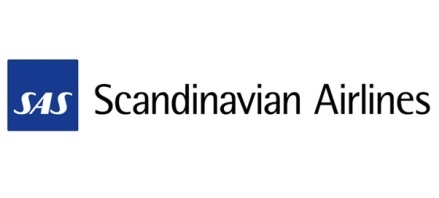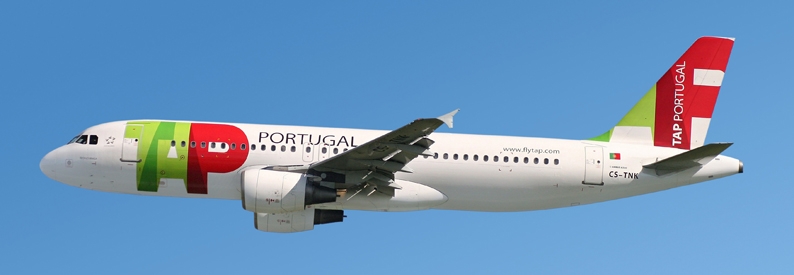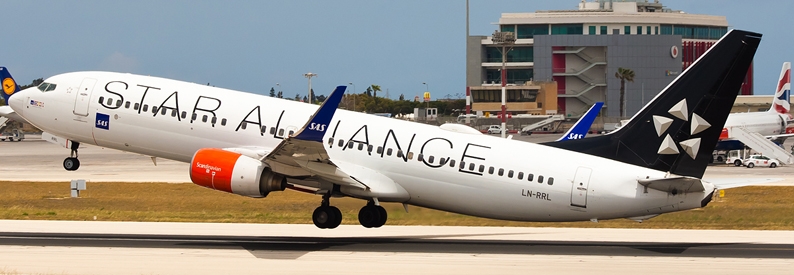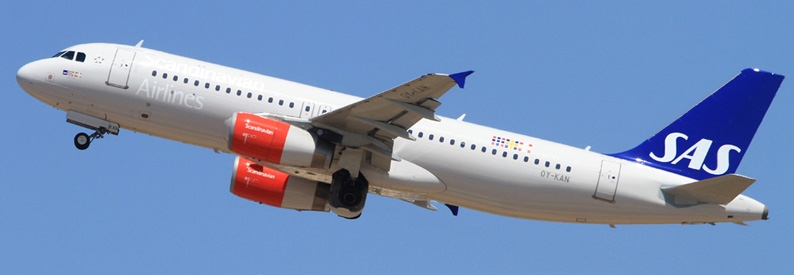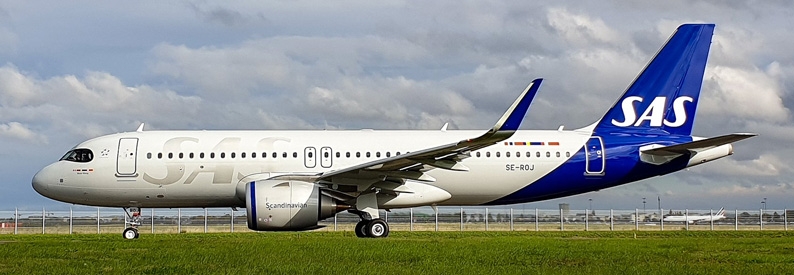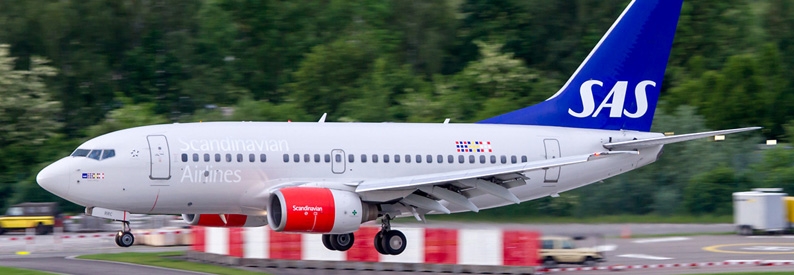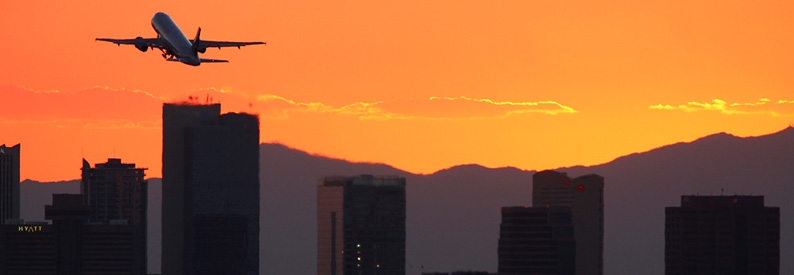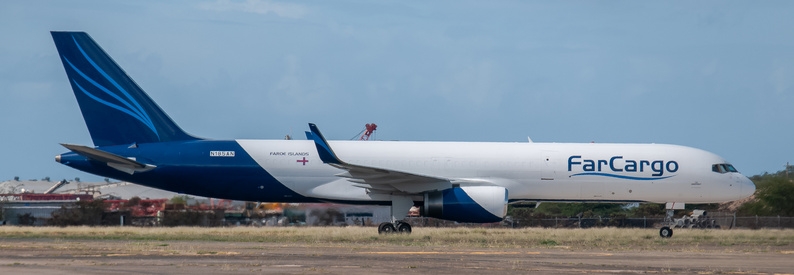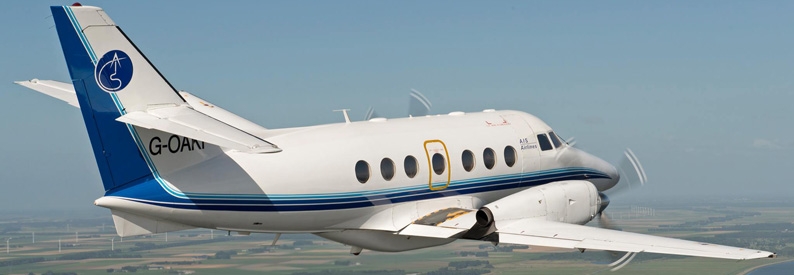SAS Scandinavian Airlines (SK, Copenhagen Kastrup) has been forced to cancel around 4,000 flights this summer, blaming understaffing and delays in aircraft deliveries, spokeswoman Karin Nyman has told the Swedish financial newspaper Dagens Industri.
The decision is part of an industry-wide problem, especially acute in Europe, as airlines struggle to re-employ the staff numbers and secure the aircraft needed to meet pent-up demand during their first post-pandemic summer.
The lost flights at SAS cover the period between May and August 2022, during which the carrier had a total of 75,000 flights planned. Around 5% of flights during the four peak-period months will be affected.
“The vast majority of travellers won’t be affected by this, other than being rebooked onto a flight within a few hours or on the same day,” press officer Karin Nyman, the airline’s VP for communications, told the newspaper. The reasons behind the cancellations, she added, are the staff shortage coupled with delayed aircraft deliveries.
According to the ch-aviation fleets module, SAS is awaiting delivery of two A350-900s to add to six of the widebodies it already operates. In September 2021, it opted to defer delivery of its last two A350s, originally due in 2022 and 2023, to 2024, to “align much better with demand going forward,” its CFO Magnus Ornberg said at the time.
It is also awaiting delivery of seven A320-200Ns to add to 13 it already operates under its Irish-certified SAS Connect (SL, London Heathrow) carrier, as well as five ERJ 190-200LRs to add to one of the type being operated under its SAS Link (SVS, Copenhagen Kastrup) brand.
It operates 94 aircraft, 20 of which are currently inactive, which it has so far supplemented by adding 29 aircraft wet-leased from various sources:
- two A220-300s from airBaltic (BT, Riga) with a third one to join them;
- seven ATR72-600s and eight CRJ900ERs from Xfly (Estonia) (EE, Tallinn Lennart Meri);
- twenty CRJ900LRs from CityJet (WX, Dublin International).
Sweden’s pilots’ union (Svensk Pilotförening - SPF) claimed to Dagens Industri that it had warned of staff shortages for the summer months on multiple occasions.
“SAS have put themselves in a difficult situation,” industry observer Jan Ohlsson told Sweden’s TT News Agency. “They have loads of planes, loads of routes, but no one to fly the planes. There’s a total overcapacity.”
Struggling financially, the airline cut sharply the number of pilots during the pandemic. It also made structural changes, such as establishing a subsidiary through which dismissed pilots and cabin crew must apply for work again the Norwegian online business newspaper E24 Næringsliv reported.
